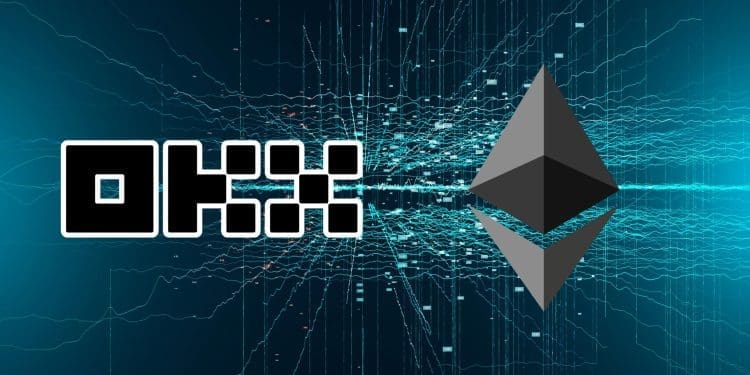• OKX launches Ethereum layer-2 network called X Layer for lower fees and interoperability
• X Layer is built using Polygon’s chain development kit and enables shared state and liquidity across multiple blockchain networks
• X Layer uses zero-knowledge proofs for improved security and scalability, and is EVM-compatible allowing easy migration of Ethereum dApps
OKX becomes the latest cryptocurrency exchange to launch an Ethereum-based layer 2 network.
Introducing X Layer
OKX has launched the public mainnet of X Layer, its zero-knowledge proof powered network. The network was built using Polygon’s chain development kit (CDK) and enables shared state and liquidity across multiple blockchain networks using the Ethereum scaling protocol’s Aggregation Layer.
X Layer provides faster, cheaper transaction capabilities when interacting with on-chain applications. The network uses ZK-proofs, the underlying technology used by various Ethereum layer-2 networks, for improved security and scalability.
Key Features
X Layer is EVM-compatible, allowing developers to launch or migrate Ethereum-based decentralized apps (DApps) without having to rewrite the underlying code.
OKX launched the mainnet beta of X Layer in November 2022, which attracted more than 50 Web3 DApps to launch on the testnet. DApps including The Graph, Curve, LayerZero, QuickSwap, Galaxy, and Timeswap are in the process of deploying on the proprietary layer-2 network.
X Layer will allow OKX users to transfer assets, deposit and withdraw cryptocurrencies on OKX, and access nearly 200 DApps offering token swaps, staking, and smart contract functionality. OKX’s native OKB token acts as X Layer’s native token and is used to pay gas fees on the network.
Interoperability with Polygon
Polygon CDK is touted to provide symbiotic benefits for OKX, X Layer, and other chains connected to Polygon’s AggLayer. X Layer connects to other chains built on Polygon CDK through the AggLayer, allowing for the transition of liquidity between these chains.
According to Polygon CEO Marc Boiron, this creates an interconnected network of liquidity across different blockchain protocols. X Layer’s connection to the AggLayer solves the fragmentation of liquidity and users across chains on the AggLayer, so they can all grow together.
Conclusion
Investment management firm VanEck estimates that Ethereum layer-2 networks could exceed $1 trillion in market capitalization by 2030. These networks have become integral to helping Ethereum achieve scale, powering low-fee, secure and decentralized transactions and applications.














